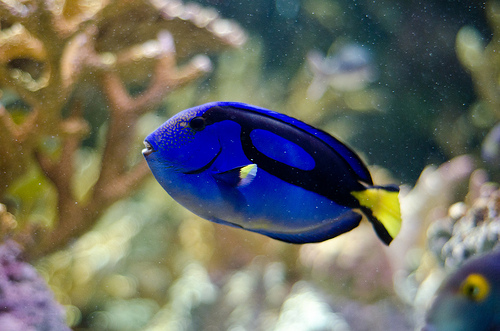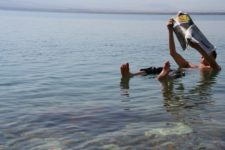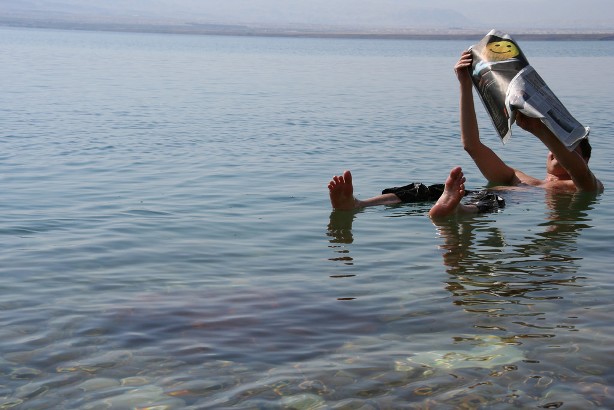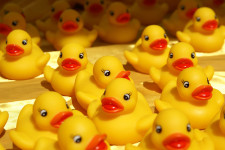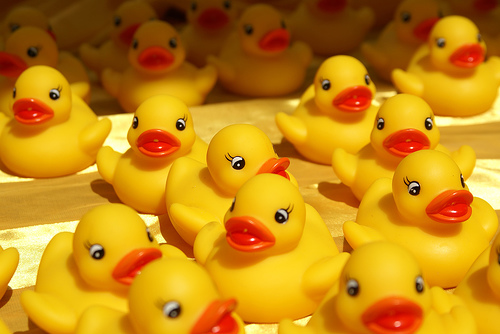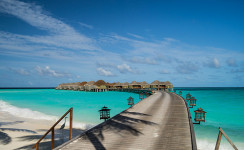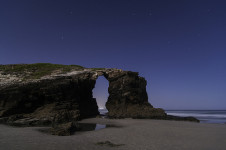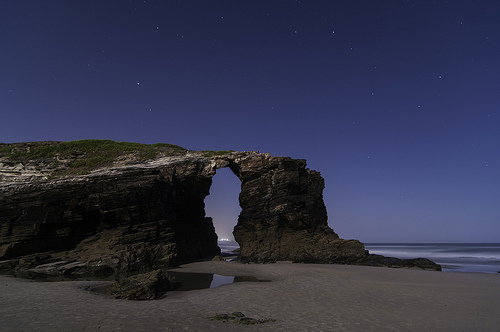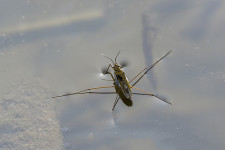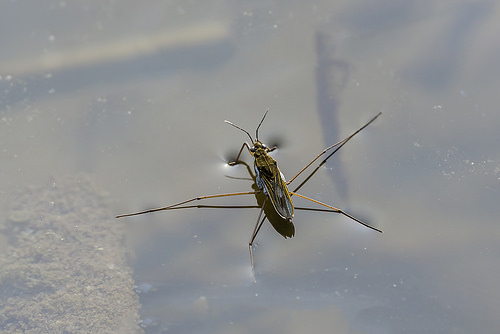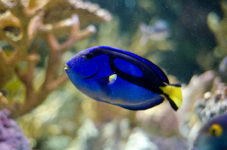
“Just keep swimming”, says the blue tang.
- Blue tangs are a species of reef fish native to the tropical Indo-Pacific waters of Australia, South-east Asia, Pacific Islands and East Africa.
- ‘Blue tangs’ are also known as ‘blue surgeonfish’, ‘doctorfish’, ‘regal tangs’, ‘common surgeons’, ‘flagtail surgeonfish’ and ‘hippo tangs’, along with a number of other names.
- The scientific name of the blue tang is Paracanthurus hepatus and it is from the family Acanthuridae, the family of tangs, surgeonfishes and unicornfishes.
- Blue tangs are a vivid blue colour, with darker blue and black markings and a brilliant yellow tail.
- A blue tang has a number of spines, one of which is extendable and very sharp and poisonous, and this spine can be used to attack smaller animals by piercing them with it, and it can cause humans significant pain.
Blue Tang
Image courtesy of Clara S/Flickr
- The length of blue tangs ranges from 12 to 38 centimetres (5 to 15 inches) and weigh roughly 600 grams (21 ounces).
- The heart of blue tang larvae can take as many as five hours after hatching to first produce a heartbeat.
- Male blue tangs establish dominance by showing their bright colours and fighting aggressively with their spine, and the fish also evade predators and other threats by ‘playing dead’.
- A blue tang’s diet consists primarily of algae, but also the occasional plankton, and by eating the algae, they help to clean the coral.
- Particularly due to their depiction as ‘Dory’ in the Finding Nemo film, blue tangs are in high demand as pets, despite them being somewhat difficult to keep.
Bibliography:
Paracanthurus, 2016, Wikipedia, https://en.wikipedia.org/wiki/Paracanthurus
Paracanthurus Hepatus, 2012, The IUCN Red List of Threatened Species, http://www.iucnredlist.org/details/177972/0
Thurston A, Paracanthurus Hepatus, 2011, Animal Diversity Web, http://animaldiversity.org/accounts/Paracanthurus_hepatus/





